Businesses across the country are starting to reopen. State by state, millions of remote and furloughed employees will return to work, but we won’t return to the same workplace we left. At least not for a while.
The coronavirus has changed the world and the workplace. For the first time, businesses need to plan for the safe and strategic return of nearly all their employees.
Unfortunately, bringing employees back to work won’t be as simple as announcing a return-to-work date and proceeding with business as usual. “Business as usual” no longer exists.
Many workplaces will need to be restructured to accommodate social distancing and workplace hygiene. Policies impacted by COVID-19 will need to be reviewed, updated, and communicated to employees. Some changes may even need to be long-term, persisting beyond a widely available vaccine or treatment.
Developing a return to work plan can instill confidence in your employees and build brand loyalty with your customers. Consider updating and including the following policies as part of your return to work plan (the remainder of this article will explain these and more in further detail):
- Return to work policy
- Sick leave policy
- Remote work policy
- Workspace hygiene checklist
- Compensation policy
- Business continuity plan
Every company’s plan will look different. But regardless of industry, here are 10 key issues your company may need to address to ensure a safe and successful transition back to work.
With these 10 tips, you will be better equipped to define the new normal for your business.




